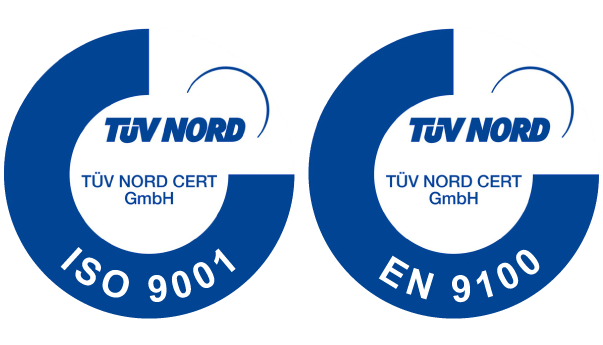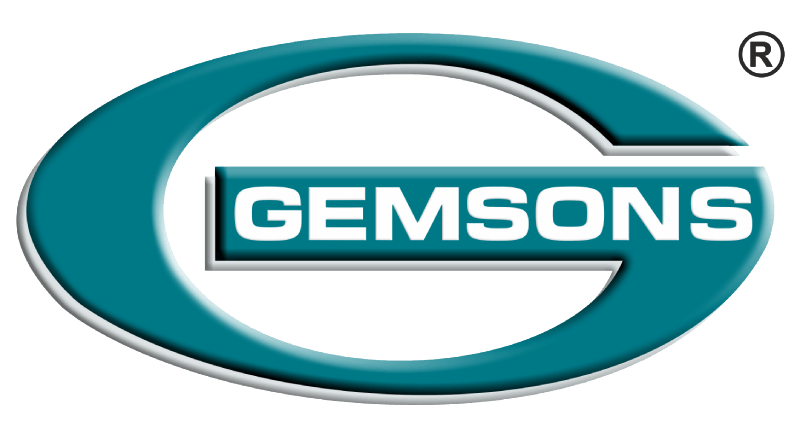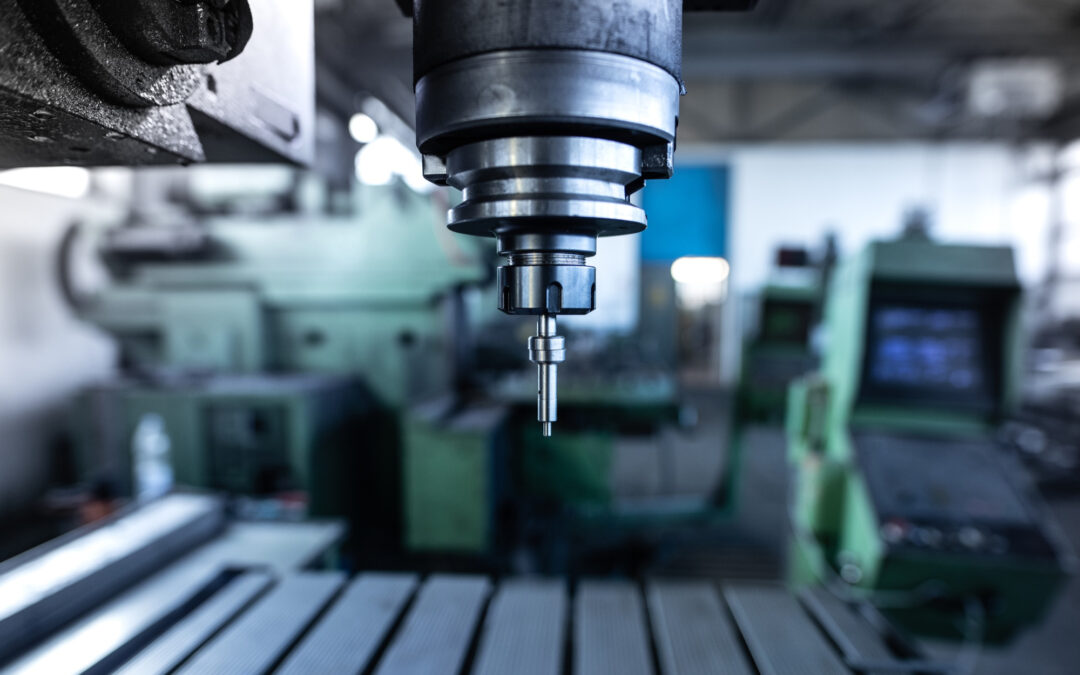Table Of Content
- Why does the aerospace industry use CNC machining?
- What materials are used?
- 5-axis machining in the aerospace industry
- Conclusion
- FAQs
The aerospace industry relies heavily on advanced technologies and precision engineering to ensure the safety and efficiency of aircraft components. One of the key technologies utilized in aerospace manufacturing is CNC machining. In this article, we will explore the significance of CNC machining in the aerospace industry, the materials commonly used, the importance of 5-axis machining, and the aerospace CNC machining capabilities of Gemsons Precision Engineering Private Limited.
Why does the aerospace industry use CNC machining?
CNC machining, or Computer Numerical Control machining, is a manufacturing process that utilizes computerized controls and machine tools to remove material from a workpiece. This process offers several advantages that make it particularly well-suited for the aerospace industry.
- Precision and Accuracy: The aerospace industry demands high precision and accuracy in the production of aircraft components. CNC machining allows for tight tolerances and ensures consistency in the manufacturing process, resulting in reliable and high-quality parts.
- Complex Geometries: Aircraft components often have intricate designs and complex geometries. CNC machines can easily handle these complexities, enabling the production of parts with intricate features and tight curves.
- Efficiency and Speed: CNC machining is a highly automated process that reduces human error and increases productivity. The aerospace industry relies on CNC machining to meet strict deadlines and maintain efficient production rates.
What materials are used?
The aerospace industry employs a wide range of materials in the manufacturing of aircraft components, and CNC machining can work with various materials. Some of the commonly used materials in aerospace CNC machining include:
- Aluminum: Aluminum alloys are widely used in aerospace applications due to their lightweight nature and excellent strength-to-weight ratio. CNC machining can efficiently shape and form aluminum components for various aircraft parts.
- Titanium: Titanium and its alloys are known for their exceptional strength, corrosion resistance, and high heat tolerance. CNC machining allows for the precise fabrication of titanium components used in critical aerospace systems.
- Stainless Steel: Stainless steel offers excellent strength, corrosion resistance, and durability. It is commonly used in aerospace applications where strength and resistance to high temperatures are required.
5-axis machining in the aerospace industry
Traditional CNC machining typically operates on three axes (X, Y, and Z), allowing for movement in three dimensions. However, the aerospace industry often requires the machining of complex shapes and contours. This is where 5-axis machining comes into play.
5-axis CNC machining adds two rotational axes (A and B) to the X, Y, and Z axes, enabling the cutting tool to access difficult-to-reach areas and achieve complex geometries. This capability is crucial in aerospace manufacturing, as it allows for the production of aerodynamically optimized components with reduced weight and improved performance.
Conclusion
CNC machining plays a vital role in the aerospace industry, enabling the production of precise, complex, and high-quality aircraft components. With the ability to work with a variety of materials and the advancement of 5-axis machining, CNC machining offers unparalleled capabilities in aerospace manufacturing. Gemsons Precision Engineering Private Limited, with its expertise in aerospace CNC machining, stands as a reliable partner for the aerospace industry, delivering cutting-edge solutions to meet the industry’s stringent requirements.
Faq’s
What are the advantages of CNC machining in aerospace manufacturing?
The advantages of CNC machining in aerospace manufacturing include:
- High precision and accuracy
- Ability to work with a wide range of materials
- Capability to produce complex geometries
- Efficiency and productivity through automation
- Consistency in part production
- Reduction of human error
What materials are commonly used in aerospace CNC machining?
Commonly used materials in aerospace CNC machining include aluminum, titanium and its alloys, stainless steel, and various composite materials. These materials offer a combination of strength, lightweight properties, corrosion resistance, and high-temperature tolerance required for aerospace applications.
What is 5-axis machining and why is it important in aerospace manufacturing?
5-axis machining refers to CNC machining with five axes of movement, including rotational axes (A and B) in addition to the traditional X, Y, and Z axes. It enables the machining of complex shapes and contours, allowing for the production of aerodynamically optimized components with reduced weight and improved performance in the aerospace industry.
How can Gemsons Precision Engineering Private Limited assist in aerospace CNC machining?
Gemsons Precision Engineering Private Limited offers advanced aerospace CNC machining capabilities, leveraging their expertise. They provide comprehensive solutions for aerospace component manufacturing, ensuring high precision, quality, and efficiency in the production process. Their services cater to the specific needs of the aerospace industry, delivering cutting-edge solutions for aircraft component manufacturing.



Recent Comments